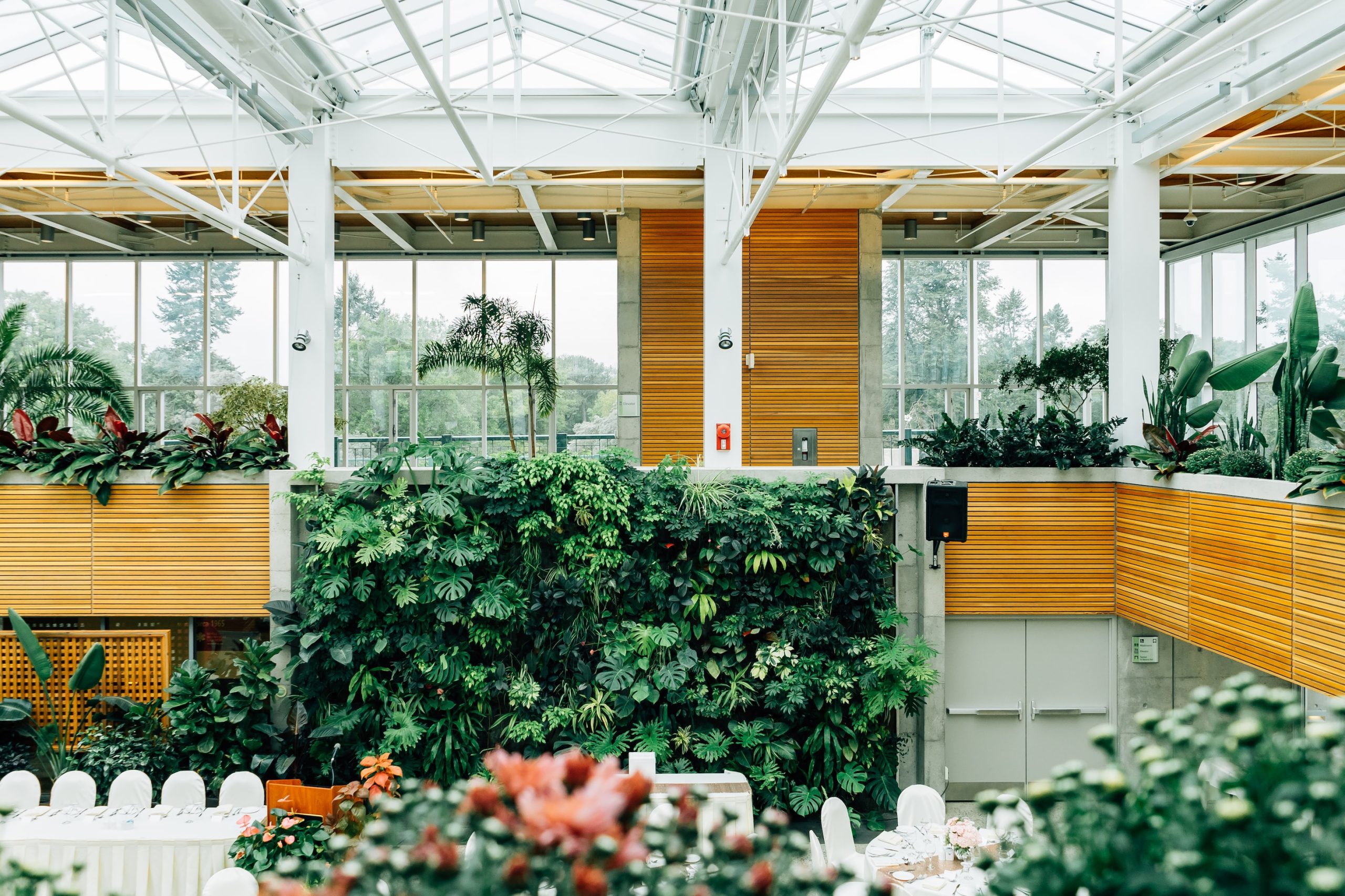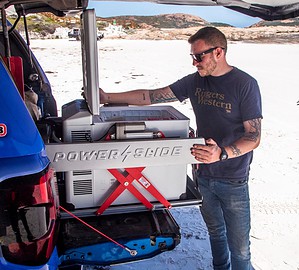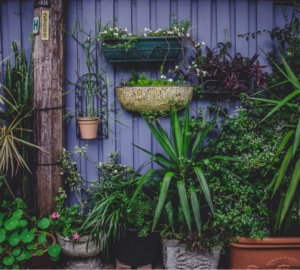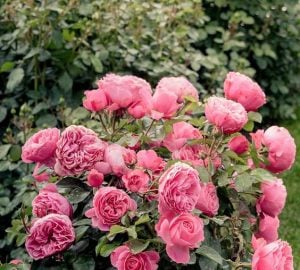Whether you want your own indoor garden or are simply looking for a DIY project for the winter, we assure you that this will be a fun ride to make your house more welcoming and livelier. Indoor plants are easier to maintain than on the outside due to the lack of extreme temperatures and fewer pests, but that doesn’t mean plants will grow on their own.
A DIY indoor garden can be created in all types of spaces, but it would be more efficient for it to be installed in a larger room, so you’ll be able to easily care for it without cluttering the house. However, even smaller areas can be transformed into cute gardens that will bring you fulfillment during the winter.
What’s more exciting is that you can plan in multiple ways to make it more fun, so get some inspiration from Pinterest and start building!

Ensure the room you’ve chosen meets all the criteria
If you have some space in the house that’s not entirely useful or simply used as storage, you could efficiently transform it into an indoor garden. However, you must ensure the area is well-lit because otherwise, you won’t have much of a choice when it comes to the crops you plant. Of course, you could place some plants that thrive well in darkness, but the beauty of an indoor garden is to challenge yourself.
An alternative to natural sunlight includes grow lights, but you must assess if you can afford their cost and the energy prices from using them for some time. Regardless, light is critical, but remember that the room’s moisture and overall temperature can influence the crops’ productivity.
Let plants have time for indoor accommodation
If you want to bring some plants from the outdoors that have been living in the soil, you must prepare them for the indoor lifestyle. It would help considerably if your outdoor planters are on wheels because you can move them quickly wherever you want. Still, remember to check the planters for drain holes and provide a drip pan or saucer when you move them indoors.
Indoor accommodation also means less water because plants are not exposed to the same weather conditions as they’re outside, so they’ll keep more moisture locked. Hence, water them only when the soil gets dry. Of course, this depends on the type of plant you have because some need constant water regardless of the environment.
Choose the proper plants, vegetables and herbs
Not every plant will survive indoors despite the excellent living conditions. Therefore, before getting your colourful planters from https://www.elho.com/en for indoors, decide which crops will be placed inside the house.
When it comes to vegetables, choose these options:
- Hot peppers
- Microgreens
- Radishes
- Sprouts
- Green onions
Herbs also thrive pretty well inside, such as the following:
- Basil
- Rosemary
- Thyme
- Sage
- Oregano
Depending on what you choose, you’ll also need proper containers. Plastic containers with drainage holes are necessary, but some crops might need special sizes to grow efficiently. Self-watering containers are also available on the market, so get a few if you believe it’ll get overwhelming at some point.
Try out different organising models
You can’t leave your plants hanging around in a mess because they won’t have the space to grow, and you won’t be able to care for them adequately. That’s why look for designs for storing the plants in a beautiful yet practical way.
For instance, you could try building a hanging garden with only ropes and baskets or any other supporting material of certain pots’ weight. Regardless, there are numerous ideas on how to hang your pots, from DIY wooden boxes, raised flower beds or a plant wall.
At the same time, hydroponic gardens are great for small spaces, but it also doesn’t require much maintenance. Vertical indoor gardens are also a great idea since they can be set up in any space. Floating shelves can be added to take advantage of extra space.
Have a seedling station
A seedling station is essential for developing a healthy garden because it minimises the occurrence of diseases and bugs. This is essential because some pest infestations are usually eliminated through natural predators on the outside, but this isn’t possible here, so you must keep the garden in check. That’s why it would also be best not to bring plants from outside and mix them with indoor plants, so choose a single option when starting your garden.
The indoor seedling station should be placed somewhere easily accessible, where you’ll put some grow lights and warming mats for the crops to accelerate their production. Of course, a watering can next to them is necessary, but depending on the water source in the room, you can provide any tools for irrigation.
Decorate it with the finishing details
The plant room must also receive some attention for how it looks because it can’t look like an outside garden, full of soil and water everywhere, besides keeping the room clean and at ordinary temperatures to avoid mould. Therefore, we’ll add some ideas to keep in mind when designing your room to make it look good and efficient for the crops to grow.
For instance, you could bring in some fans for ventilation and a thermometer to check the humidity frequently and adjust it accordingly. A writing board would help to keep check of all the plants you’ve got, the seeds you planted, and the last time you watered them all. A dish rack and some cleaning products are important to keep the room clean, but some may be useful for the plants, too, so make some space for the utensils and supplies.
Wrapping up
An indoor garden seems like a stretch for many because why grow some herbs when you can find them already hopped and dried in the store? The beauty of growing a garden inside will help you not get bored during the winter and develop a fun and valuable skill set because you’ll care for the plants like they’re your babies.



